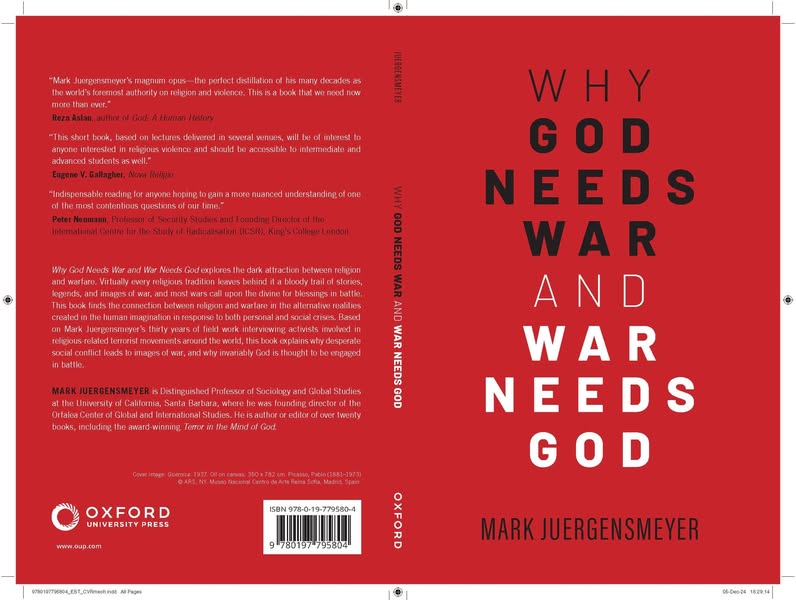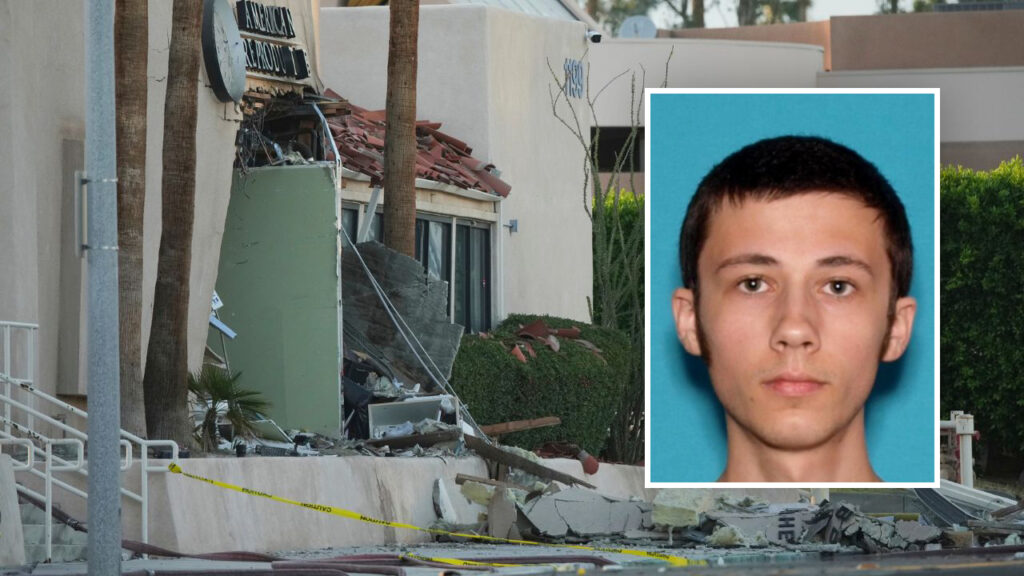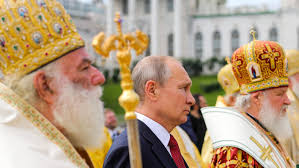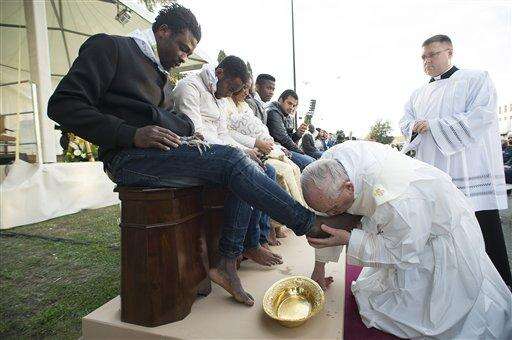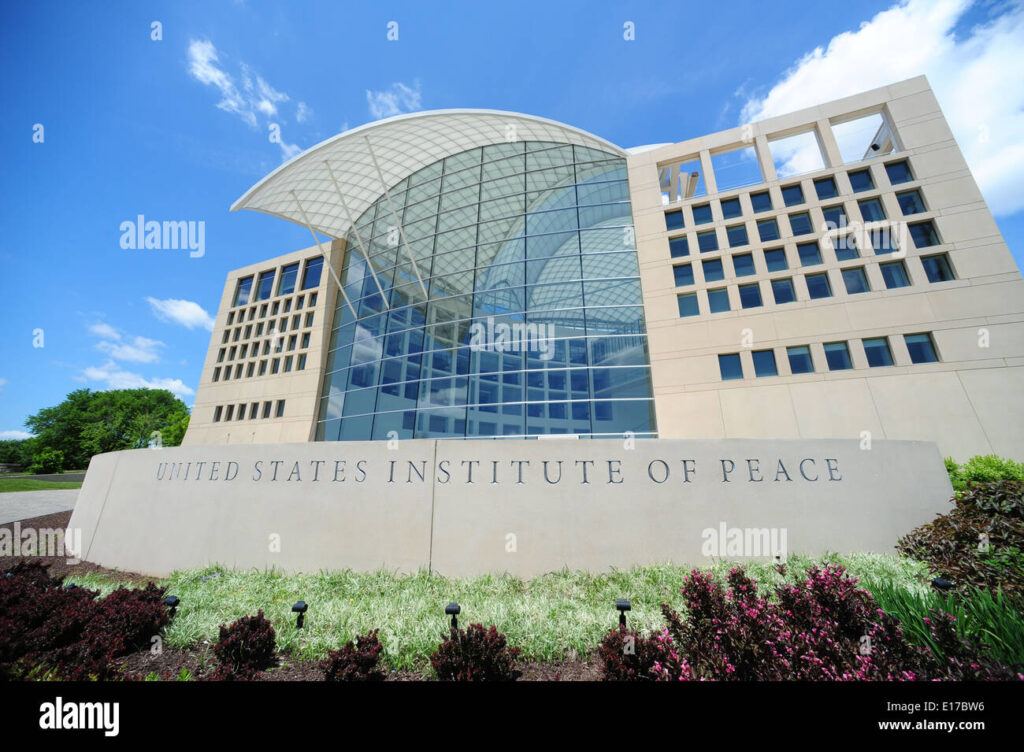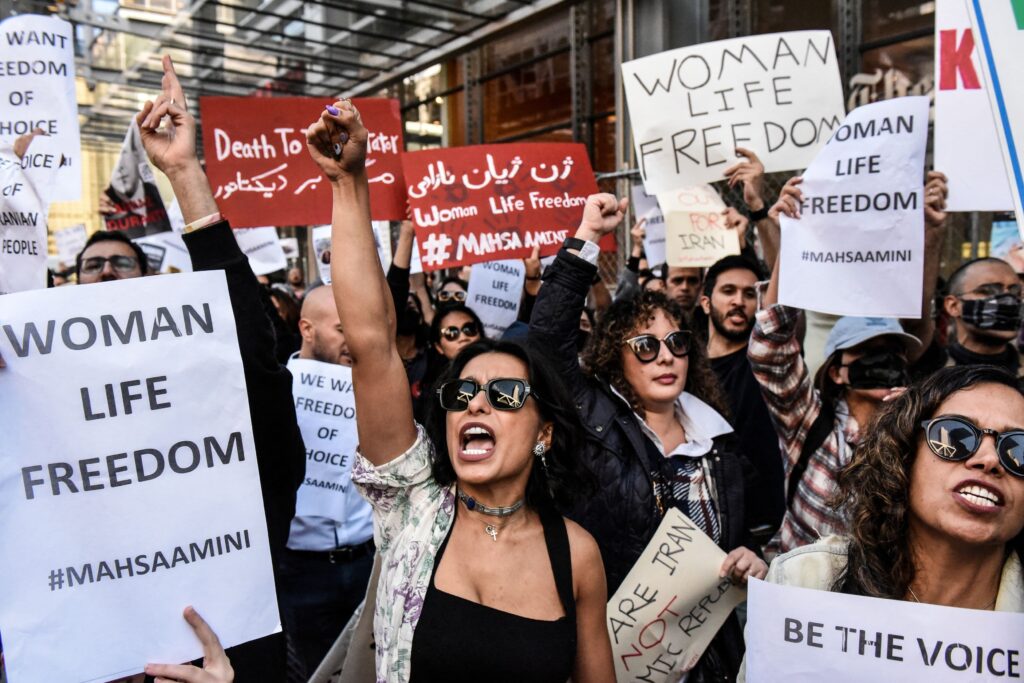
Let’s say that Israel or the US achieves a knockout blow and eliminates the Ayatollah of Iran. What happens next?
Let’s look at the experience of neighboring countries that have recently gone through political disruptions and regime change. What are the options?
The Iraq scenario
After the ouster of Saddam Hussein, the George W. Bush administration expected that the country would immediately come together around a new democratically elected leader. After all Iraq appeared to be well-educated and hungry for an end of dictatorship. The neo-con leaders did not even do much planning for the reconstruction of the country. After toppling the dictator, it was “mission accomplished.”
That’s not what happened, of course. The country was plunged into chaos and much of the population resented the occupying force of the US military presence as much or more than the dictatorial oppression of Saddam. Years of confusion and anti-American violence ensued.
Eventually the political forces organized around ethnicity and religion, the two enduring forms of identity and mobilization. Shi’a political parties dominated 60% of the country. Kurds in the north created their own independent region. Sunnis in the northwest mounted resistance movements against both the US and Shi’a rulers that eventually devolved into ISIS.
The Afghan scenario
On the other side of Iran, Afghanistan was going through similar turmoil. The US military easily toppled the Taliban authority largely because its power rested on a coalition of regional ethnic forces. They abandoned the Taliban when it was apparent that they didn’t stand a chance against the American military might.
This put the US in the uneasy position of being the occupying power. It was effective control mainly in the city of Kabul with skirmishes against growing regrouped Taliban militia around the country. Eventually when the US left in a deal worked out by the Trump administration, the Taliban marched back in.
The Syrian scenario
Iran’s main ally in the region, Syria, was controlled by the Asad family and their supporters from the Alawite sect, which is related to Shi’a Islam. The Shi’a connection to Iran was a tight bond that helped to sustain Iran’s influence over the region, along with Lebanon’s Hizbollah party and Yemen’s Houthis.
But Hizbollah and the Houthis have been militarily degraded in recent attacks from Israel and the US. The Asad regime also fell, toppled by an organized Sunni militia that quickly maintained control over the country and became the ruling party.
This was the smoothest transition of any of the recent regime changes in the neighboring countries. It was successful largely because there already was an organized militia and a ruling party in a northern province of Syria. It was able to provide security and administration for the country as a whole.
The Yemen scenario
Civil war broke out after the fall of the Saleh regime in Yemen. A militia based in the Houthi ethnic community of northern Yemen rose up against the government and took control of the major city, Saana. The Houthis were followers of a kind of Shi’a sect, which made them natural allies of Iran. The government forces in the south were supported by Saudi Arabia, and the continuing conflict was largely seen as a proxy war between the Saudis and Iran.
The Somalia scenario
After the overthrow of the regime of President Siad Barre in 1991, Somalia plunged into political chaos. Unlike Yemen there were no strong internal powers to define the situation as civil war between two contesting parties. Instead a variety of subgroups and warlords rose up exerting power in various parts of the country. They operated more like competing gangs than like credible alternative governments.
What Somalia did not have was the occupying power of a foreign country – the US in the case of Iraq and Afghanistan – to provide stability until it found an alternative form of control and political leadership. In the case of Iraq it was a fractured control and leadership, but at least it was not sheer chaos. In Afghanistan it was a return to the old Taliban. As wretched as its rule was for many modern educated people in urban areas it was a stable rule for which much of the rural parts of the country was familiar.
But Somalia did not have an occupying power to provide civil order. It also did not have a well defined militia and political party sufficiently powerful to replace the national leadership and provide stability. What emerged in Somalia was chaos and a failed state.
Iran after the Ayatollah
Will Iran after the Ayatollah follow one of these scenarios? Or will it follow a different course? The government is well established and the likelihood is that if the current Ayatollah is dispatched, another will soon be chosen to take his place. The constitution of the Islamic Republic of Iran requires the office of a Supreme Leader in addition to the usual three branches of a democratic state—judicial, executive, and parliamentary. So a new leader would have to be chosen, and perhaps life will go on without a hitch.
On the other hand, the political turmoil of international conflict linked with major physical assaults on the country leading up to the killing of the Supreme Leader could spark an uprising throughout the country. Iran has experience widescale rebellion before, though this time it could be catastrophic for the regime. It could fall.
If that happens, one of the options that has befallen the other countries in its neighborhood could be Iran’s fate as well. Perhaps the most likely is a combination of the Yemen and Somalia scenarios.
There are well-defined ethnic communities within Iran that could break away and form their own semi-independent states. Only 60% of the country is ethnically Persian. There is a large Baluchi community in the southeast that could break away and form ties with the Baluchis across the border in Pakistan.
On the western side of Iran there is a huge Kurdish population adjacent to Iraq’s Kurdistan. When I was in Sulaymaniyah, an Iraqi Kurdish city on the border with Iran, I was impressed on how easily people went back and forth across the border as if it was one region. South of Iran’s Kurdish region is a Kurdish related community, the Lurs. Another community in the far northeast are the Azeris, a Turkish-speaking group related to Azerbaijan.
Each of these could spin off into its own semi-autonomous region. The Persian heartland might be thrown into a Somalia-like confusion with different gangs and warlords competing for power. Years of turmoil would follow.
What might keep this from happening would be the intervention of a foreign power to provide stability. After all, Iran is one of the world’s great oil producers, and the world economy depends on the continued access of this precious resource.
Russia might want to intercede, or China. To keep that from happening, Israel or more likely, the United States would bring in its own troops. Is the United States ready for another unending war of occupation in the Middle East?


